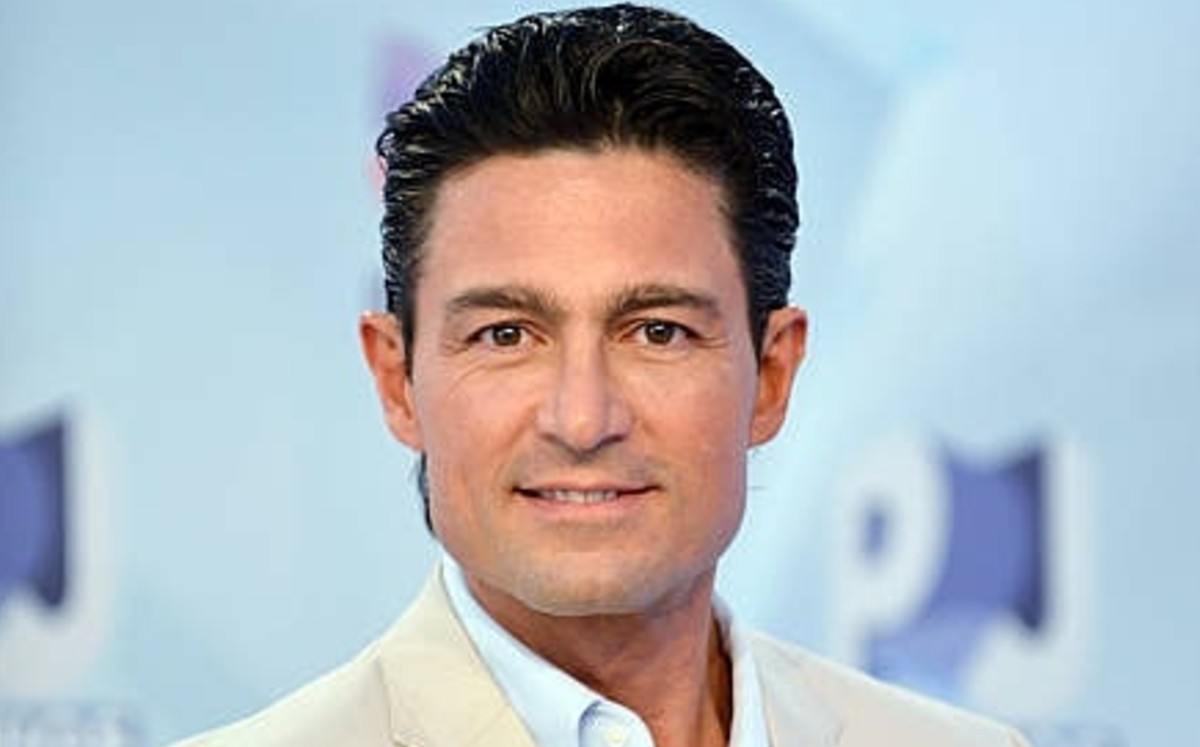I was ahead of it Diego Schwartzman yesterday and today it came true. The ATP continues to look for ways to establish a certain “balance” between what happened before the pandemic and the current circuit, a current situation still marked by the presence of the virus in -almost- every corner of our planet. For all these reasons, they have decided (with special help from the Players Council, directly mentioning Roger Federer and Rafael Nadal in the statement) to give the ATP ranking system a new twist, which will continue to preserve part of the results achieved. in 2019.
We have already talked at length about the new logistics, complications and other aspects that go beyond the ranking in the news about this modification, explaining what this new review of the classification system consists of and the rest of the measures that the ATP will implement to combat the effects of the pandemic. It is therefore time to take a look at the ranking and reflect on who are the greatest beneficiaries and losers of the new points system. You know: after every important decision there are always ‘winners’ and ‘losers’. Who are they?
The members of the Big Three, clearly benefited
It could not be otherwise. They are the ones who have achieved the best results over the last few years, and the fact that not all the points are subtracted in the new system will allow them to maintain a good bulk of the accumulated over the last two years. The biggest beneficiary of the three is probably Roger Federer. He still remains among the top five in the world without having played a single game since the 2020 Australian Open, and this modification will allow him to keep a good part of what he harvested in 2019.
Two seasons ago, the Swiss won tournaments like Miami o Halle and reached the finals of Indian Wells or Wimbledon. Due to the new system, Roger will carry half of the points of these events until the year 2022, which will greatly alleviate a more than possible drop in the ranking, waiting for the core of these tournaments to be played or not. 2021. From Indian Wells, for now, he will retain 300 points (half of what he garnered as a finalist in 2019); from Miami, a tournament from which he had already gotten off, 500 others, in addition to the 600 of the final of Wimbledon or the 500 of the title in Halle.
But also the other lieutenants of the Big-3 will benefit from these changes. Nadal will retain, no matter what, at least 1000 points from his past championship Roland Garros, while Djokovic will do the same of his conquest in Wimbledon during the summer of 2019. Of the rest of the 2019 tournaments that were not played in 2020, Rafa will also carry 360 points from his semifinal at Wimbledon, while the Serbian will maintain at least 500 points after his title at the Mutua Madrid Open.
Players in the worst shape will not experience major drops
Beyond the players of the most absolute elite, other names that still survive in the noble zone of the circuit will be totally relieved by these changes. Since the return of the pandemic, the freezing of the rankings has helped, for example, to Nikoloz Basilashvili The John Isner retain privileged positions, positions that with the usual ranking would have sent them out of the seeded places in the vast majority of events. The American, for example, will retain 300 points from his final at the Miami Open last season, while the Georgian may retain a spot in the top-50 despite having won only two games since the circuit returned last season. Another player who could benefit is Gaël Monfils, who is still # 12 in the world and who, thanks to these changes, will only lose half of what he achieved in 2019.
Reduced mobility leaves young people as the main victims
Let’s take the case of Juan Manuel Cerúndolo as the paradigm of the gamer harmed by these changes. Knowing that many players would keep 50% of what they won in 2019 without playing a single game, mobility on the slopes furthest from the elite has been significantly reduced. The Argentine managed, practically out of nowhere, a category 250 tournament last week. Under normal conditions, this title would have propelled him very close to the top-100; however, the youngest of the Cerúndolo barely entered the top-200, and despite this tremendous performance, he would need another similar result to establish himself in the top 100.
In general, the new system somewhat distorts the main maxim of the rankings, that of reward fitness and benefit those who sign great results in the last weeks of the circuit. This system once again takes weight off the Race and conditions the classification until the year 2022, and one of its less commented side effects is found in the Olympic Games: The naming options we have already mentioned (Basilashvili or Isner) are now huge, while those of other young people in the upline have diminished considerably. We will see how everything unfolds over the next few months.
– .


